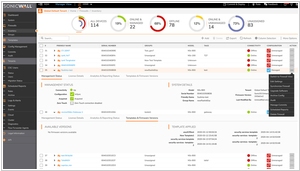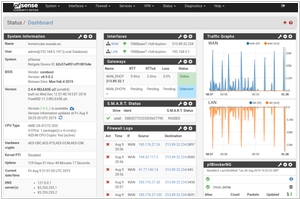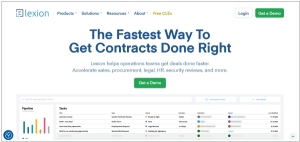SonicWall vs pfSense
August 04, 2023 | Author: Michael Stromann
SonicWall and pfSense are two distinct network security solutions that differ in their approach and features. SonicWall is a commercial firewall and network security appliance that offers comprehensive security features, including firewall protection, intrusion prevention, anti-malware, content filtering, and virtual private networking (VPN). It is known for its deep packet inspection capabilities, which allow it to detect and block threats at the application layer. SonicWall is well-suited for businesses that require a robust, all-in-one security solution with a user-friendly management interface and professional support.
On the other hand, pfSense is an open-source firewall and routing platform based on FreeBSD. As an open-source solution, pfSense offers extensive customization and flexibility, making it popular among IT enthusiasts and small to medium-sized businesses looking for a cost-effective yet powerful security option. It provides firewall protection, VPN functionality, traffic shaping, and other network security features. With its modular architecture, pfSense allows users to add additional packages for specific requirements, tailoring the solution to their unique needs. However, since pfSense is open-source, it may require more technical expertise to set up and maintain compared to commercial solutions like SonicWall.
Another key difference is the licensing and cost structure. SonicWall is a commercial product that requires purchasing hardware and licenses based on the number of users and features needed. The cost of ownership includes both initial investment and ongoing subscription fees for updates and support. In contrast, pfSense is open-source and free to download, making it attractive for budget-conscious users. However, businesses using pfSense may need to allocate resources for hardware, support, and expertise to implement and manage the solution effectively, which could potentially offset the initial cost savings.
See also: Top 10 Cloud Security Software
On the other hand, pfSense is an open-source firewall and routing platform based on FreeBSD. As an open-source solution, pfSense offers extensive customization and flexibility, making it popular among IT enthusiasts and small to medium-sized businesses looking for a cost-effective yet powerful security option. It provides firewall protection, VPN functionality, traffic shaping, and other network security features. With its modular architecture, pfSense allows users to add additional packages for specific requirements, tailoring the solution to their unique needs. However, since pfSense is open-source, it may require more technical expertise to set up and maintain compared to commercial solutions like SonicWall.
Another key difference is the licensing and cost structure. SonicWall is a commercial product that requires purchasing hardware and licenses based on the number of users and features needed. The cost of ownership includes both initial investment and ongoing subscription fees for updates and support. In contrast, pfSense is open-source and free to download, making it attractive for budget-conscious users. However, businesses using pfSense may need to allocate resources for hardware, support, and expertise to implement and manage the solution effectively, which could potentially offset the initial cost savings.
See also: Top 10 Cloud Security Software




